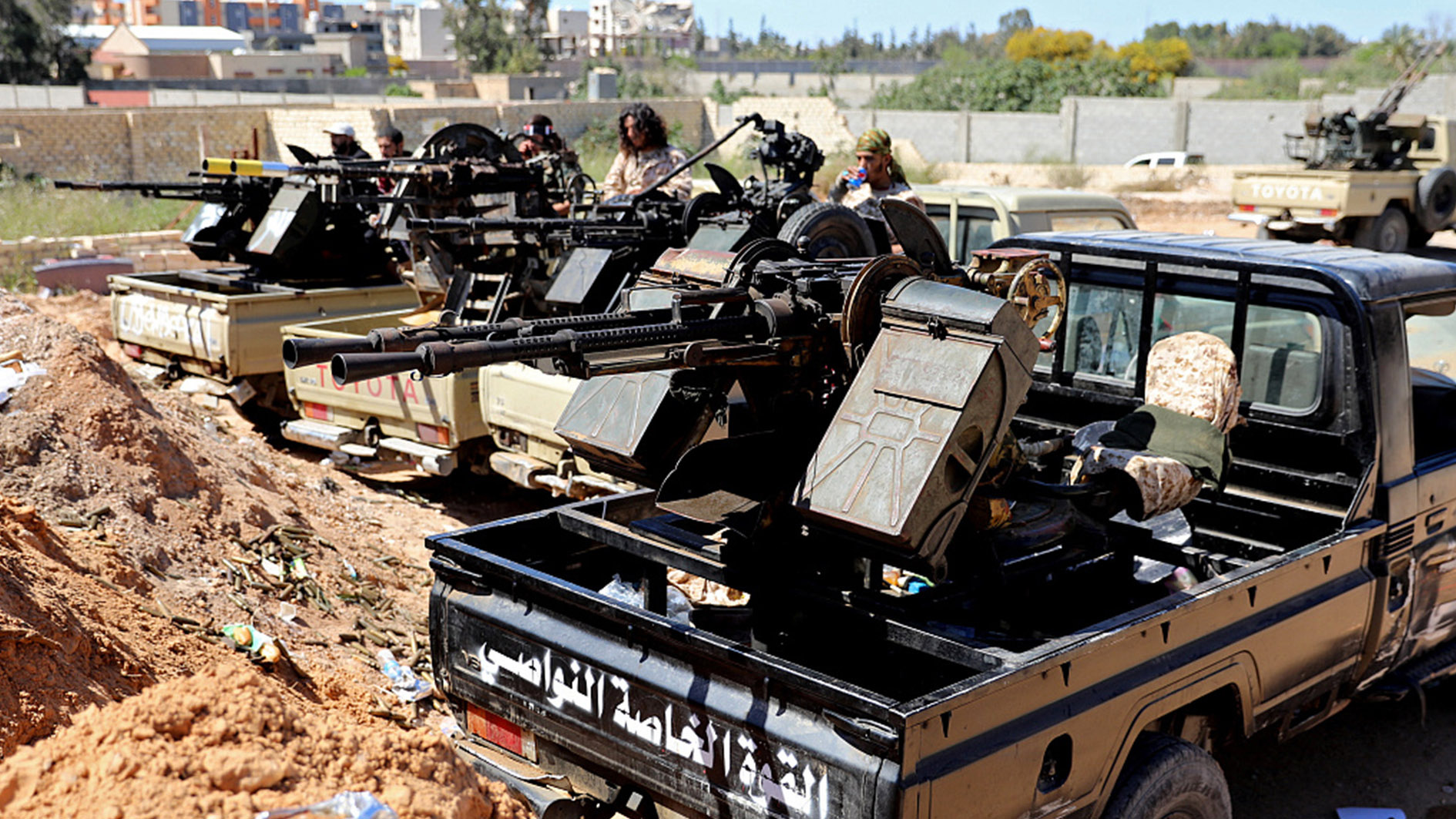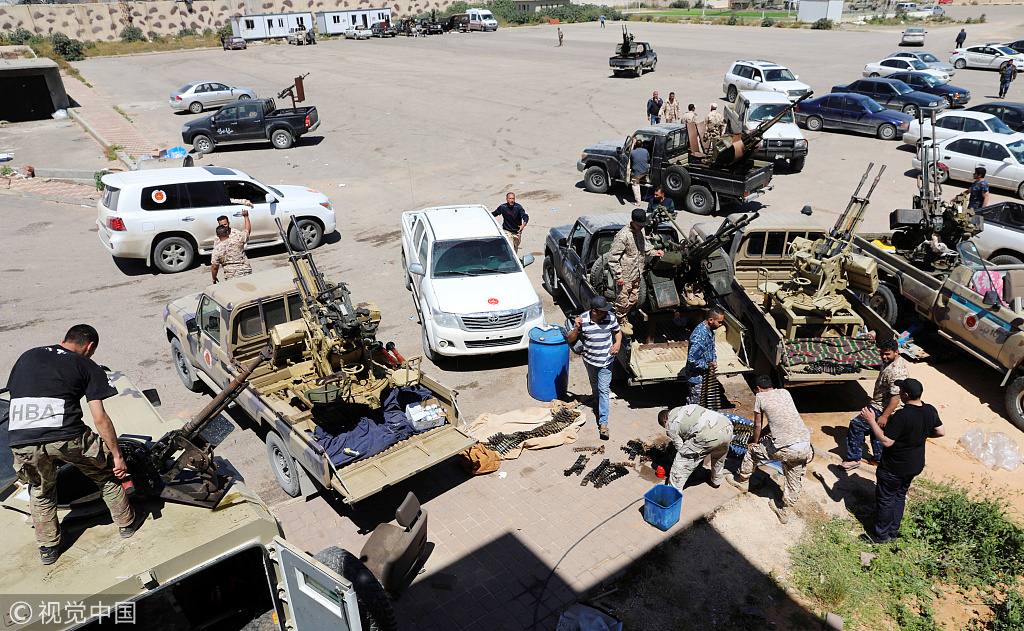
Africa
18:16, 10-Apr-2019
Libya conflict: Who controls what
Ma Ke, Li Jingyi
01:41

Eight years after the fall of the Gaddafi government, Libya's power struggle continues. Since an escalation of conflict in 2014, there are more than a thousand militia groups operating in Libya. Now, the two largest power bases are staging an east-west standoff in this deeply divided country.
To the west, there is the UN-backed Government of National Accord (GNA). It is led by Prime Minister Fayeez al Saraj and includes the capital Tripoli and nearby big cities.
Starting from the deep northeast, General Khalifa Haftar's Libyan National Army has swept through most of the country's central area, absorbing local militias as it goes. The military leader has built up a self-proclaimed administration based in Lybia's second largest city Benghazi, after he and NATO countries had jointly overthrown Gaddafi.
It is said that Haftar has the support of some Arab states, such as Egypt and the United Arab Emirates (UAE).

Members of Misrata forces, under the protection of Tripoli's forces, prepare themselves to go to the front line, Tripoli, April 9, 2019. /VCG Photo
Members of Misrata forces, under the protection of Tripoli's forces, prepare themselves to go to the front line, Tripoli, April 9, 2019. /VCG Photo
Libya has Africa's largest oil reserves. And so far, Haftar has seized all oil fields in the country's south and east. But whoever takes over the profits, will need to take over the problems as well.
Libya's economy has been crippling since the 2011 revolution. Up until last year, roughly 700 thousand Libyans had been forced to flee. Thousands have died on their way across the Mediterranean.
For those who choose to stay, life among the militias, rival governments, and terrorist groups is a constant struggle.
The "free and democratic" Libya that NATO had promised before they started dropping bombs eight years ago, still seems far on the horizon.

SITEMAP
Copyright © 2018 CGTN. Beijing ICP prepared NO.16065310-3
Copyright © 2018 CGTN. Beijing ICP prepared NO.16065310-3